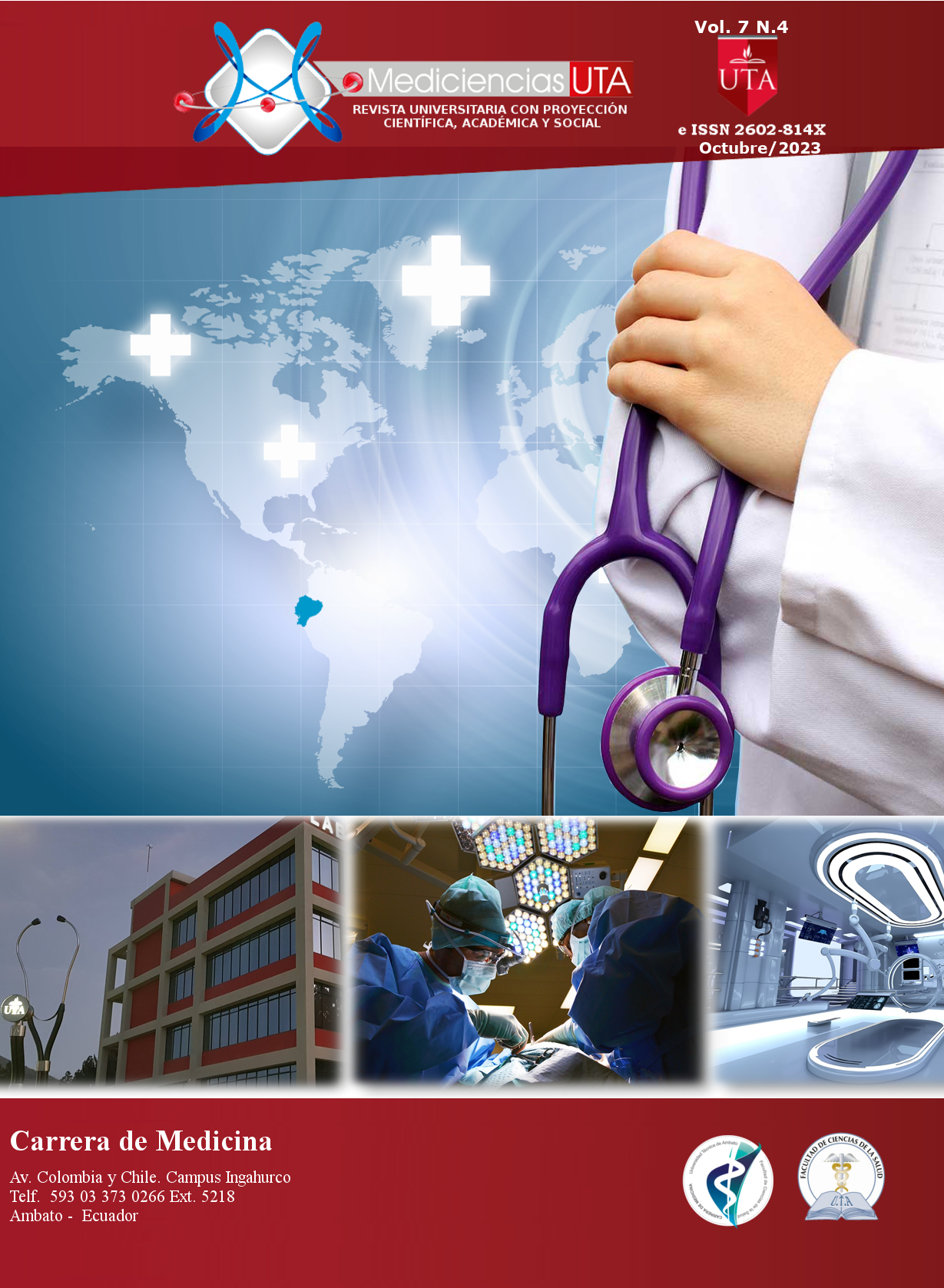Maternal death and complications of preeclampsia. A systematic review
Main Article Content
Abstract
Introduction: Preeclampsia is a multisystem disorder of high maternal and perinatal mortality. Worldwide, it affects 3-10% of all pregnancies, in Western countries, the incidence is around 8%; of these cases, only 10-15% develop HELLP syndrome, which considerably increases maternal and perinatal mortality. Objectives: to conduct a systematic review with an epidemiological, diagnostic, therapeutic and predictive approach for the early recognition of complications and their management due to the challenge of reducing maternal mortality. Materials and methods: A systematic review was conducted with 35 articles from the last 5 years, clinical cases, review studies, meta-analysis, literature review, guidelines, observational, descriptive and retrospective studies on the topic: complications of preeclampsia and its management. Results: The selected studies, which were obtained through a search process meeting inclusion and exclusion criteria, have shown: The prediction of preeclampsia is useful, using biomarkers. There are racial differences in occurrence, presentation, and outcomes with aspirin use. 16% of maternal mortality can be attributed to hypertensive disorders, gestational hypertension complicates 2% of pregnancies and preeclampsia 8%. Hepatic hematoma should be suspected in patients presenting with severe pre-eclampsia or HELLP syndrome and manifesting epigastralgia, right hypochondrium pain with or without hemodynamic instability. Complications related to the liver, have high morbidity and mortality, their early recognition and timely treatment is crucial HELLP Syndrome occurs in 0.2-0.8% of pregnancies, 70-80% coexists with preeclampsia, but can also occur in isolation, without preeclampsia. Factors derived from the placenta could have a significant influence, so they are used as predictors to avoid the development of preeclampsia and its complications The history of preeclampsia is a marker of future cardiovascular and cerebrovascular risk. Conclusion: The identification of high-risk pregnancies for the development of preeclampsia, through screening with biochemical markers in the first and second trimester is crucial for the implementation with aspirin and calcium supplements in order to prevent preeclampsia, which is a pathology of high morbidity and mortality, because it generates multiple complications if it is not adequately treated with strict prenatal and postnatal control in a specialized center.
Downloads
Article Details

This work is licensed under a Creative Commons Attribution-NonCommercial-ShareAlike 4.0 International License.



